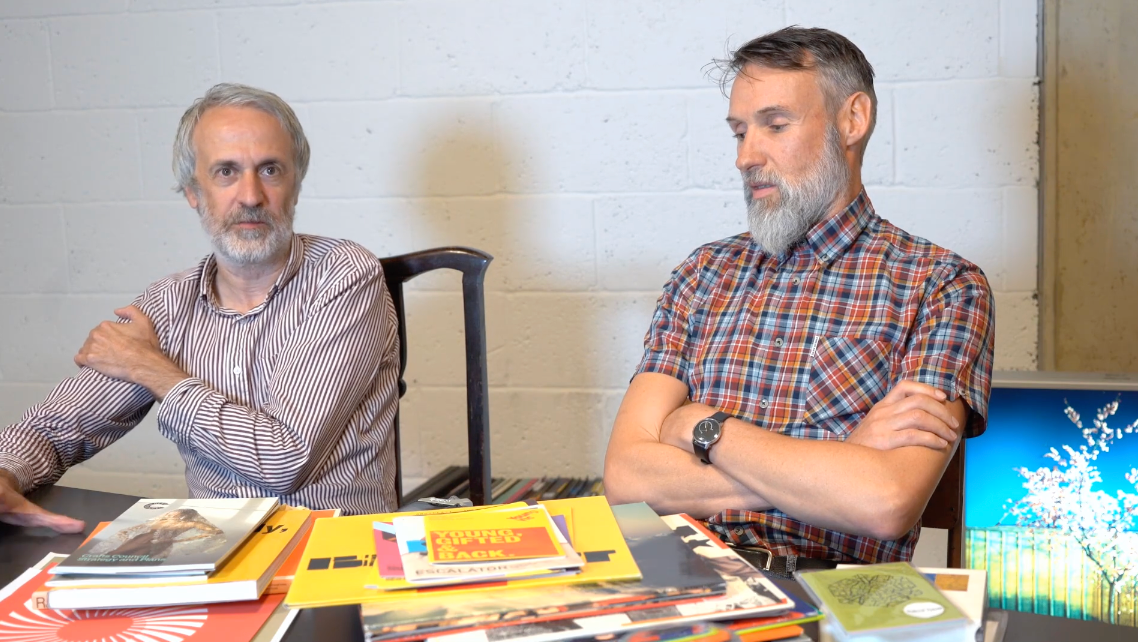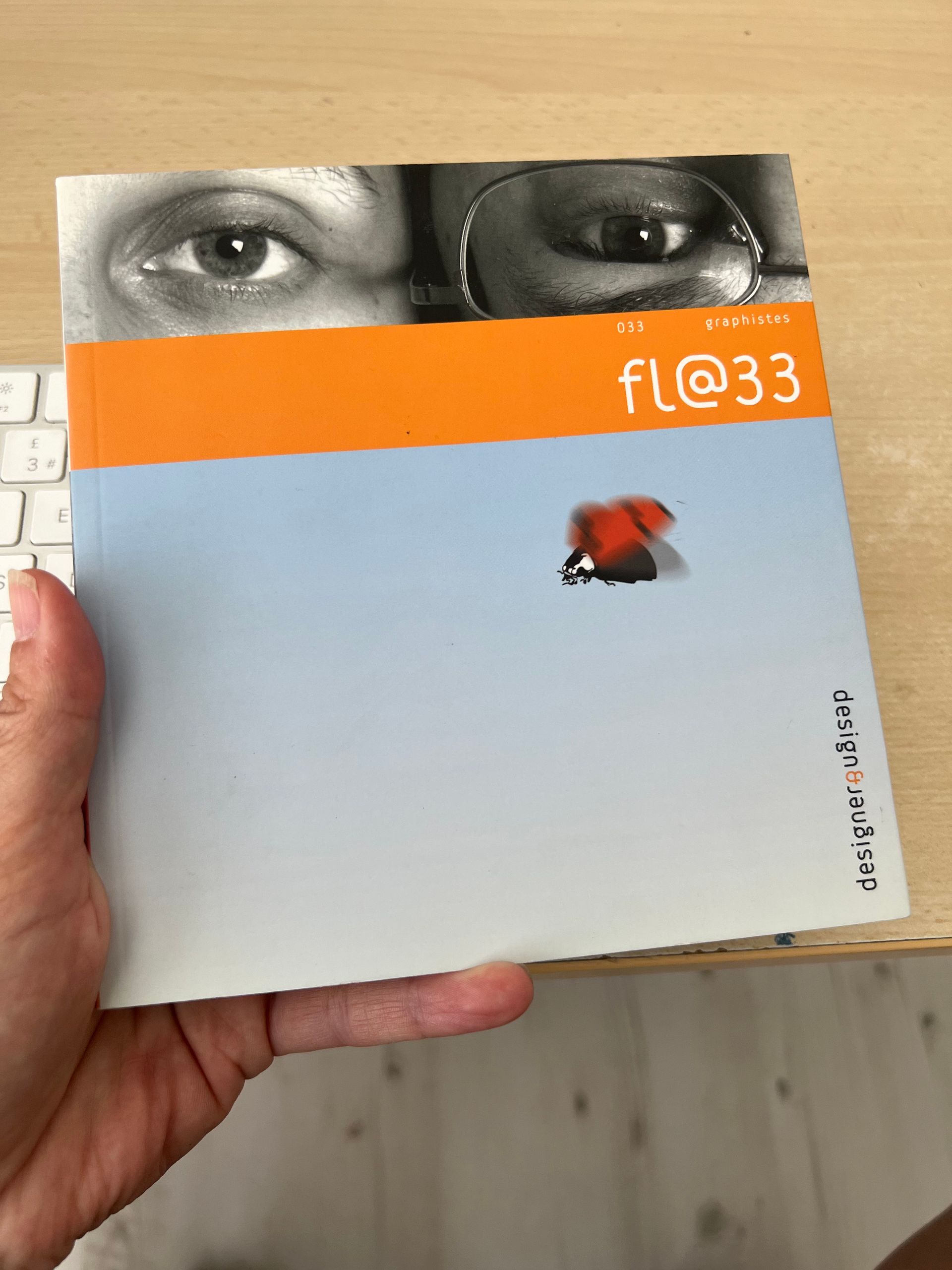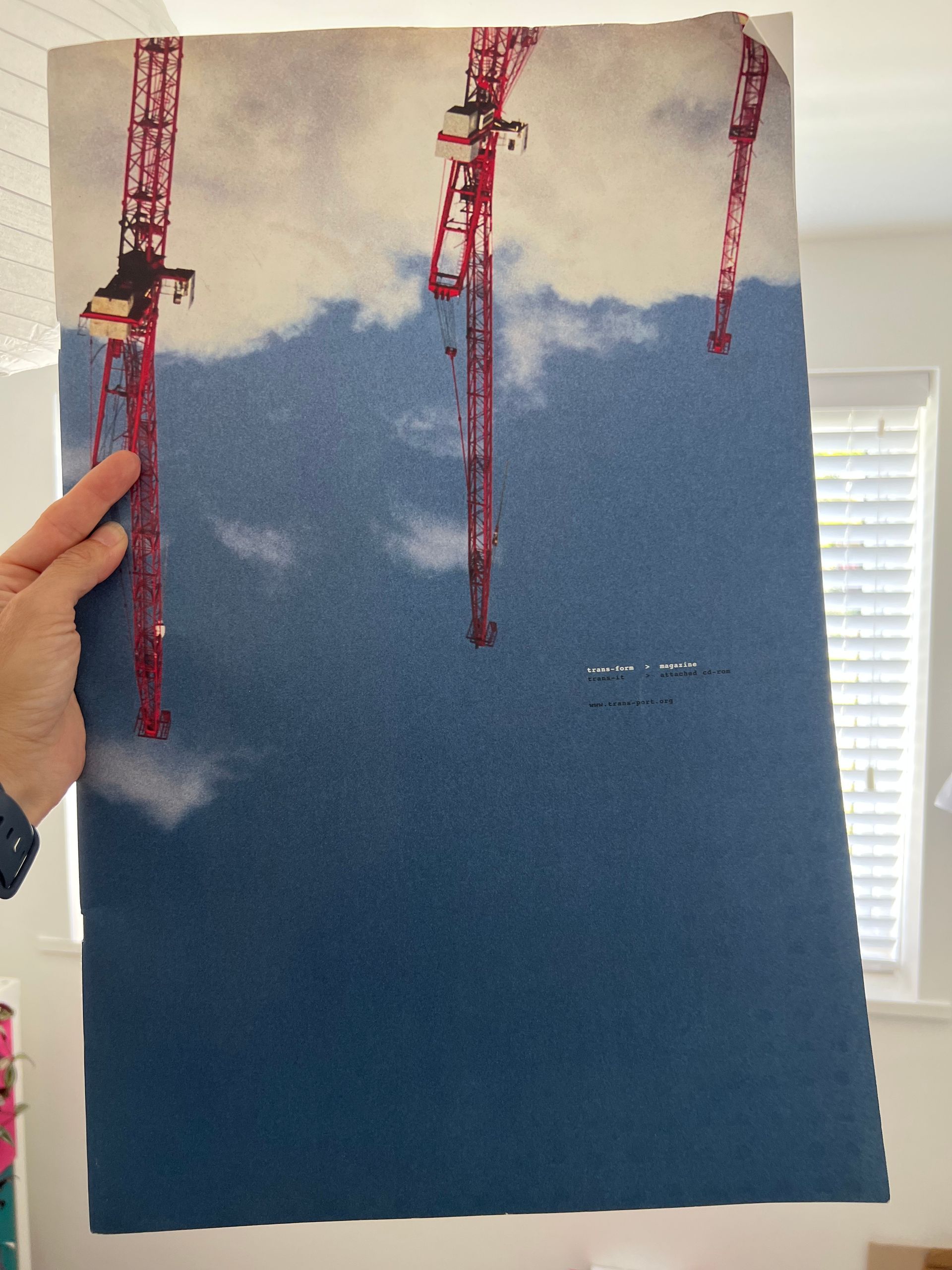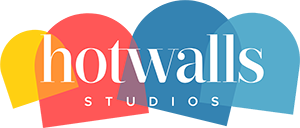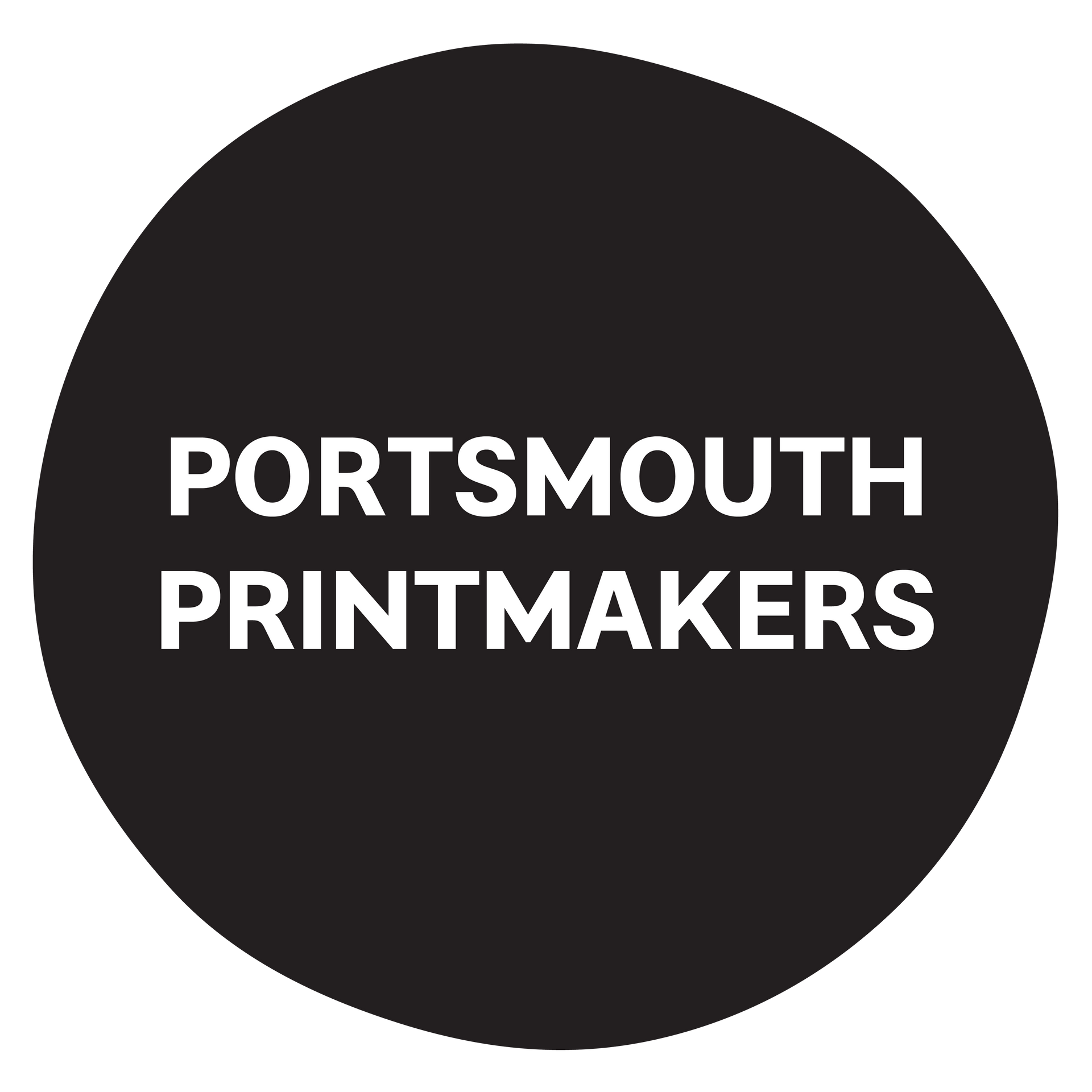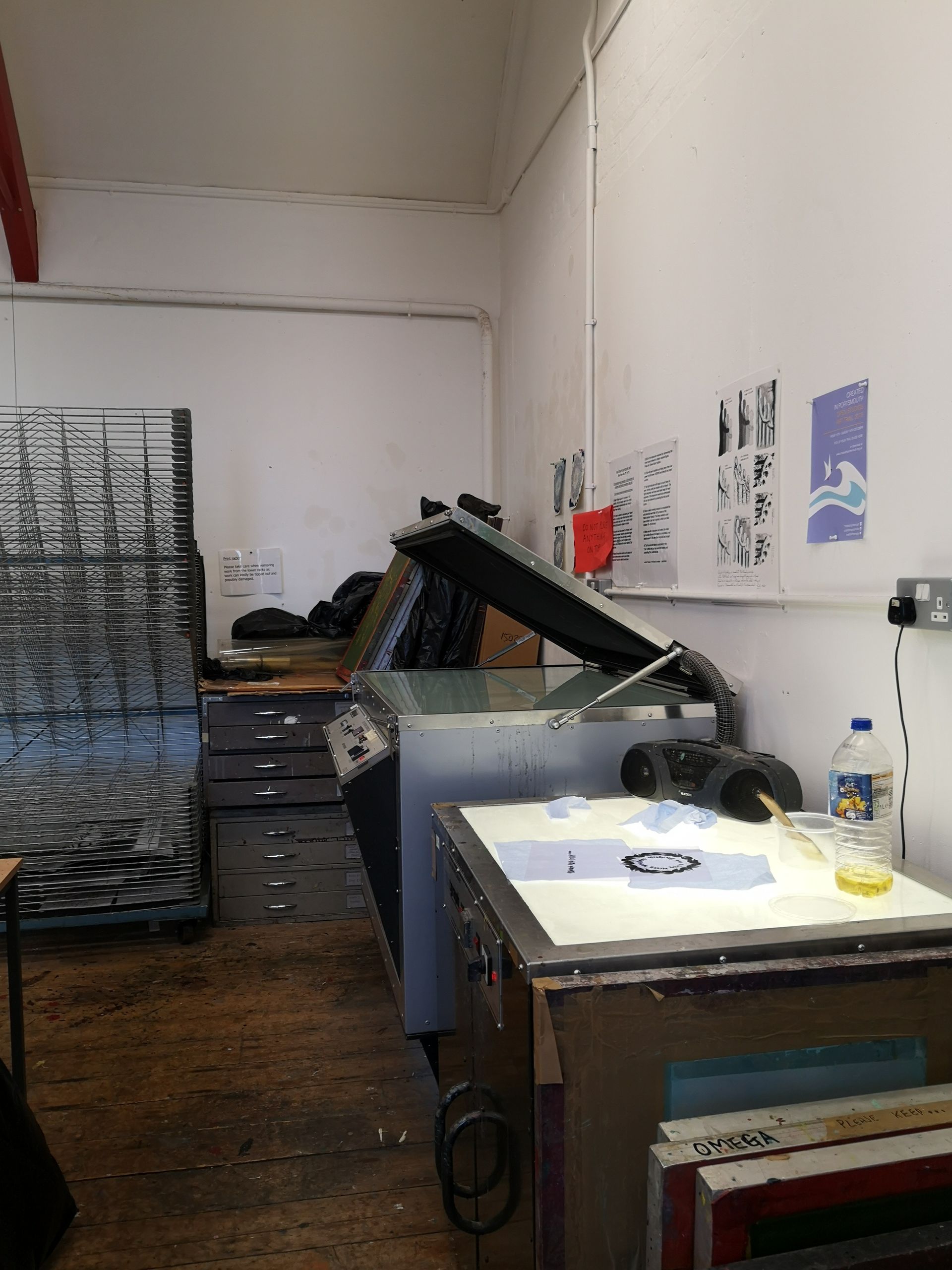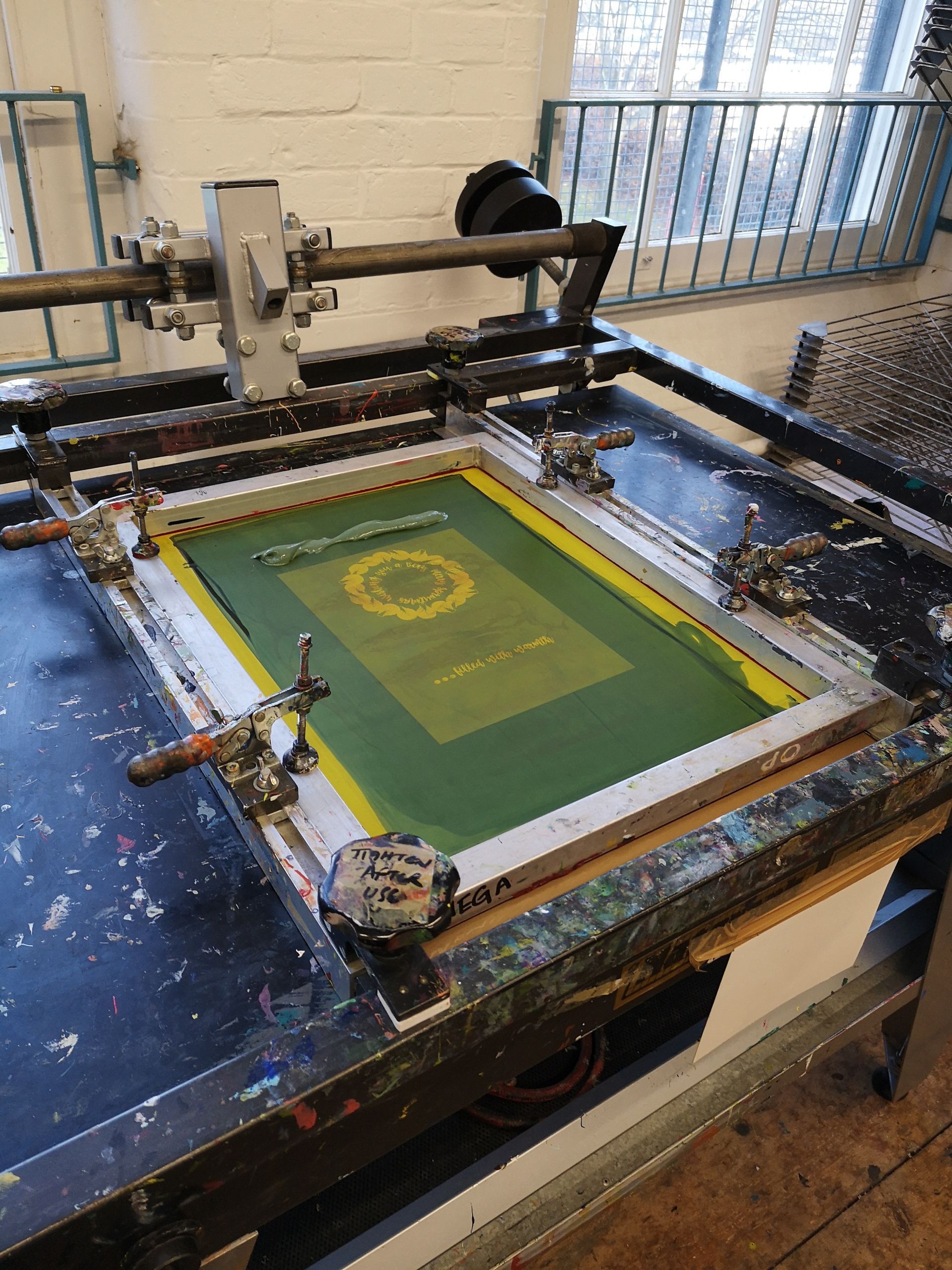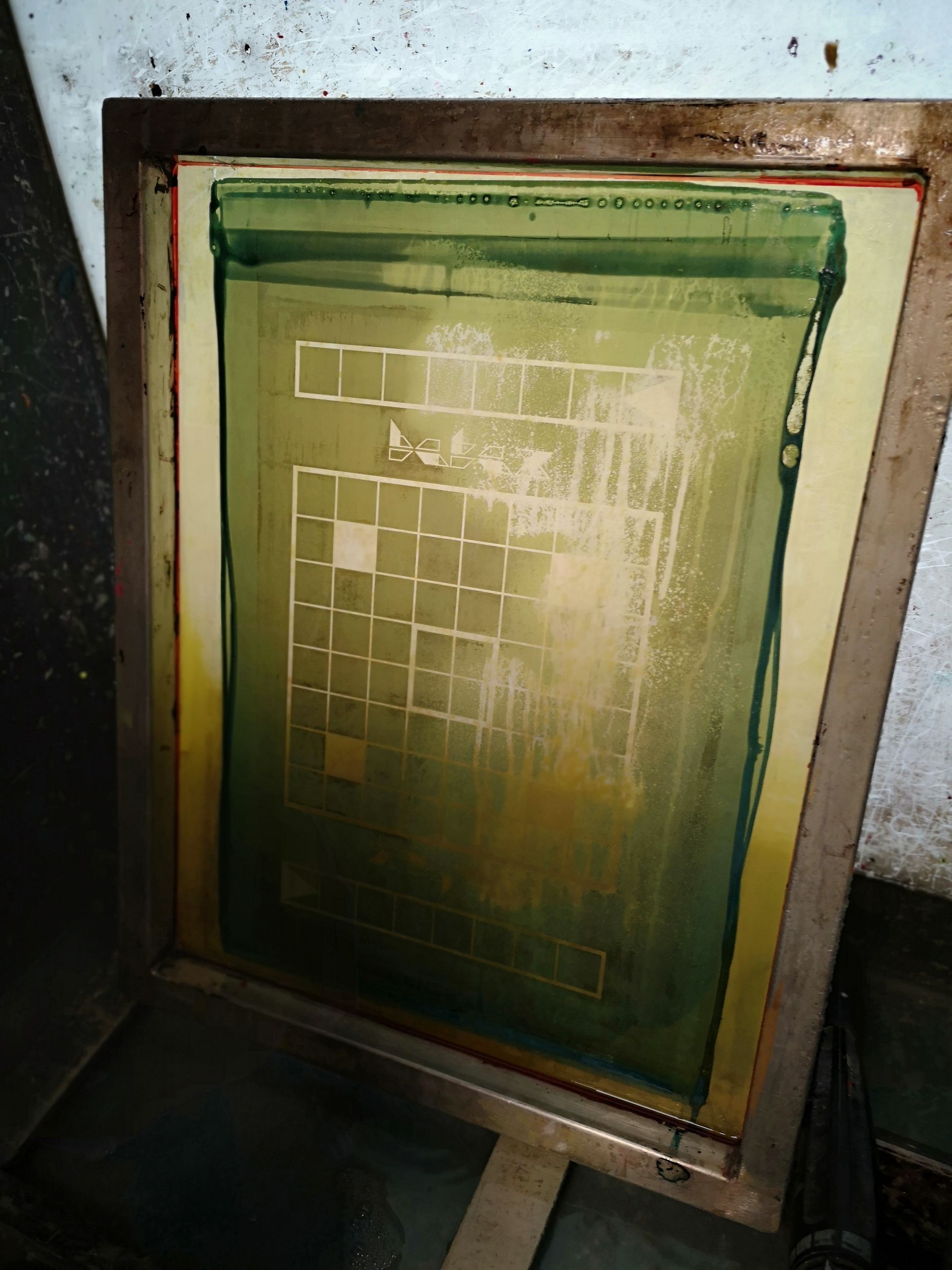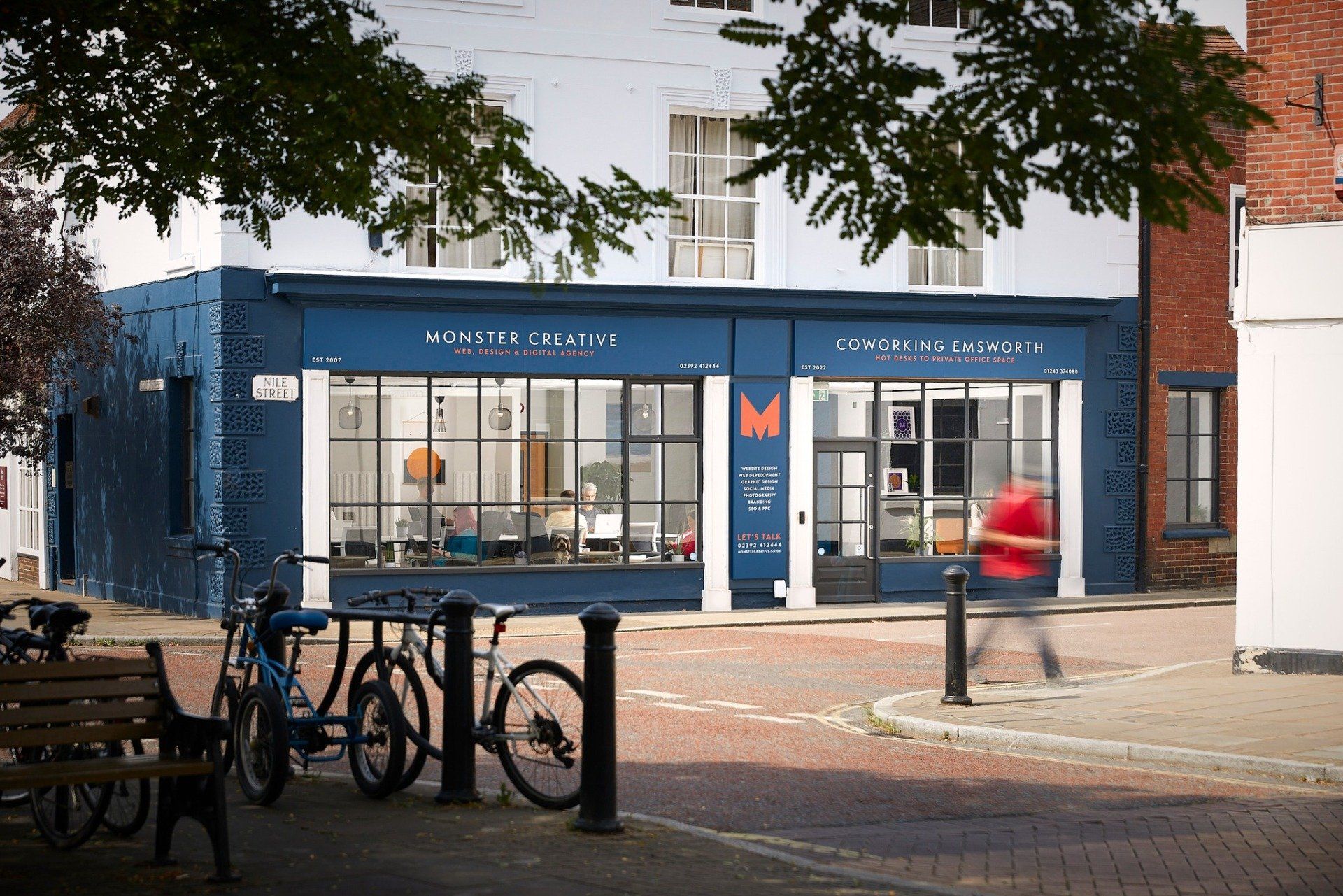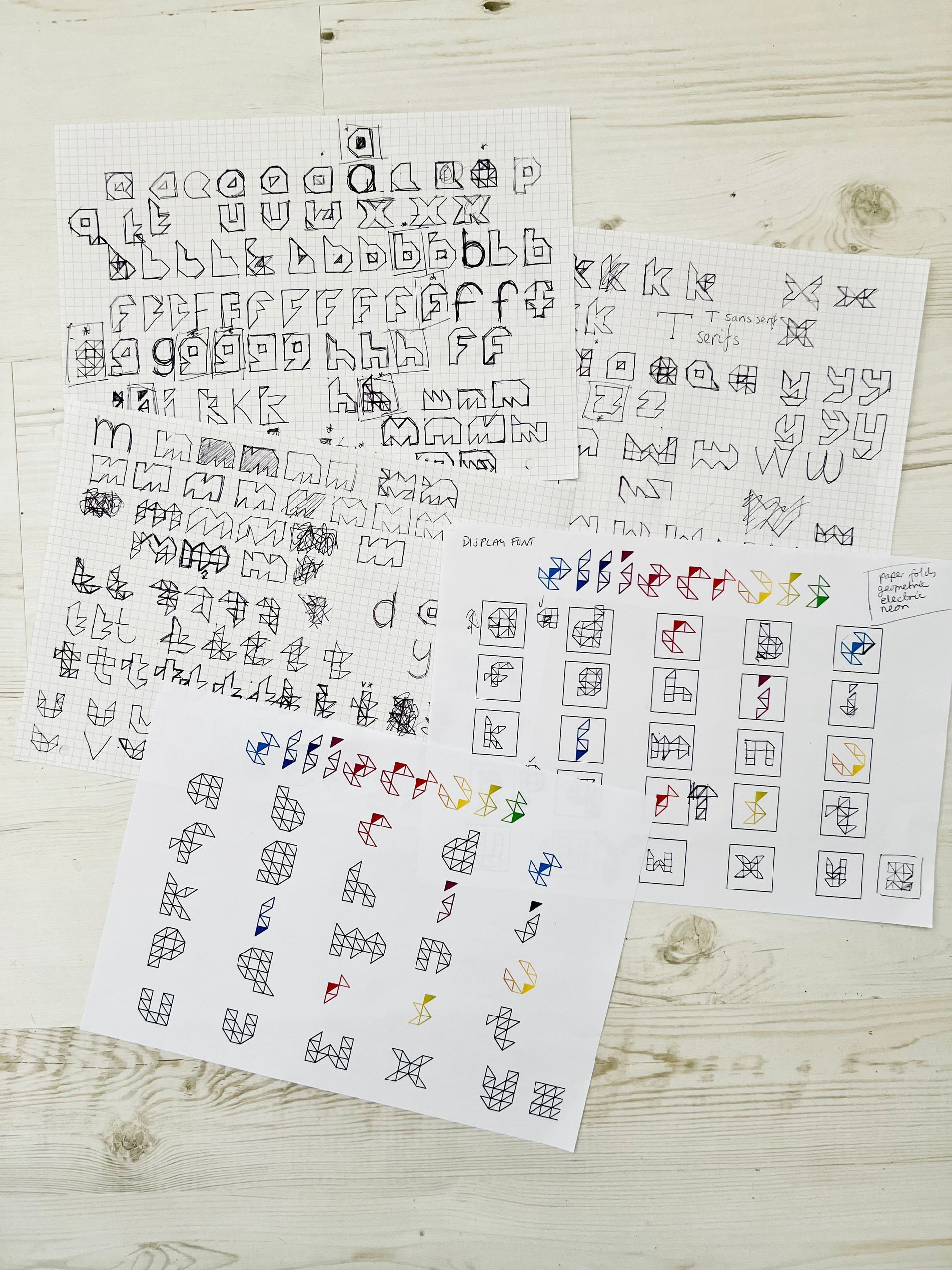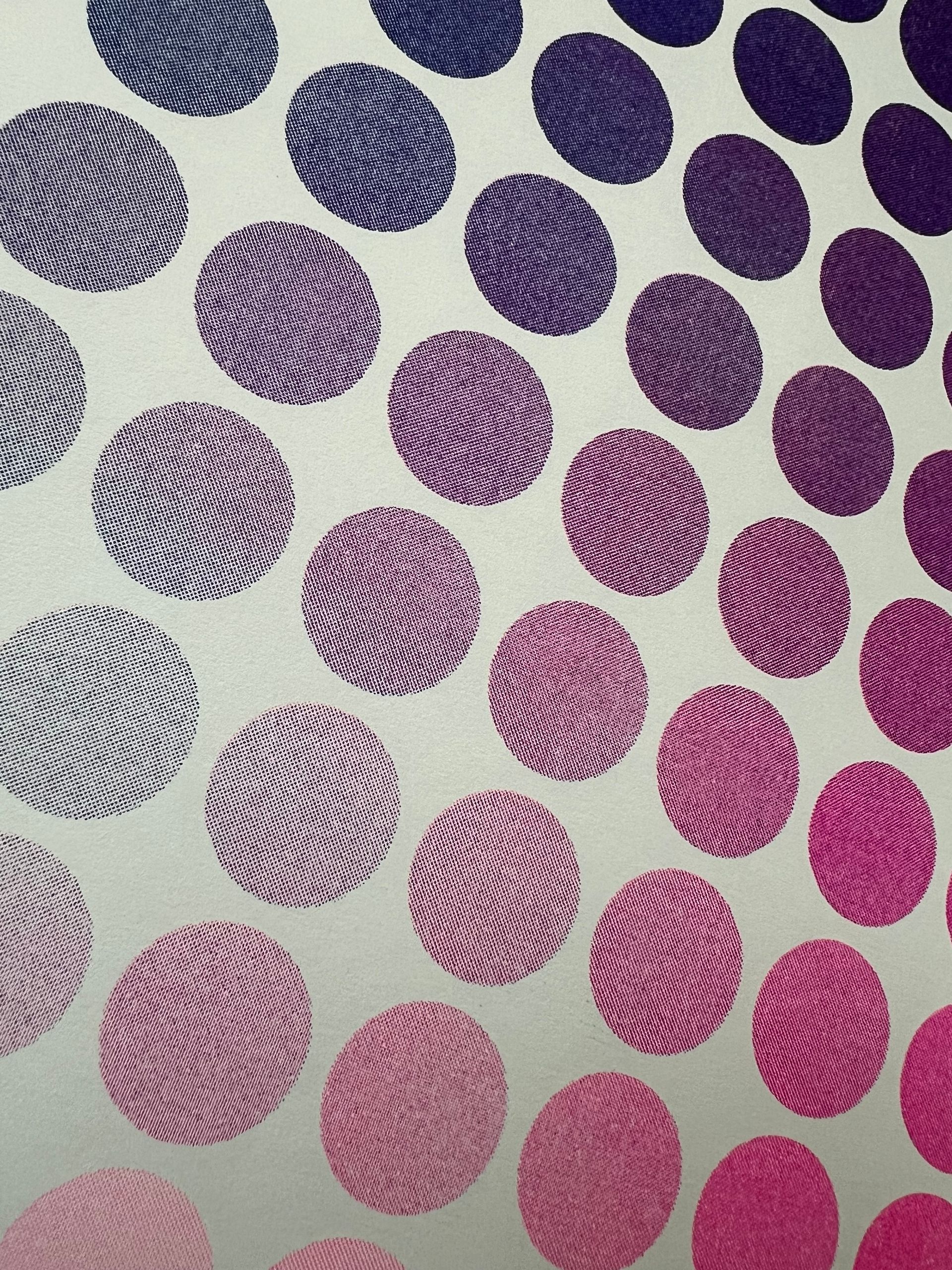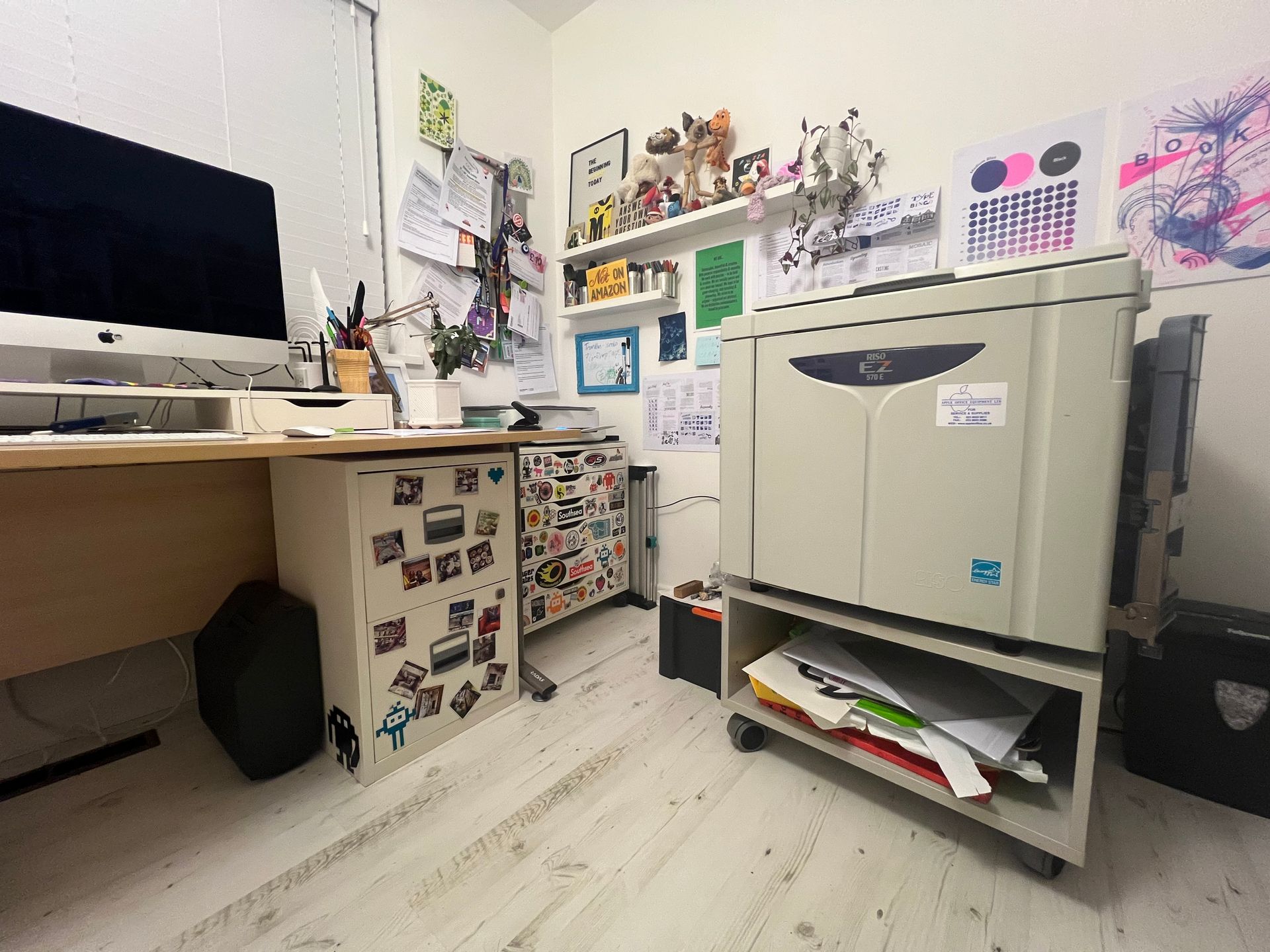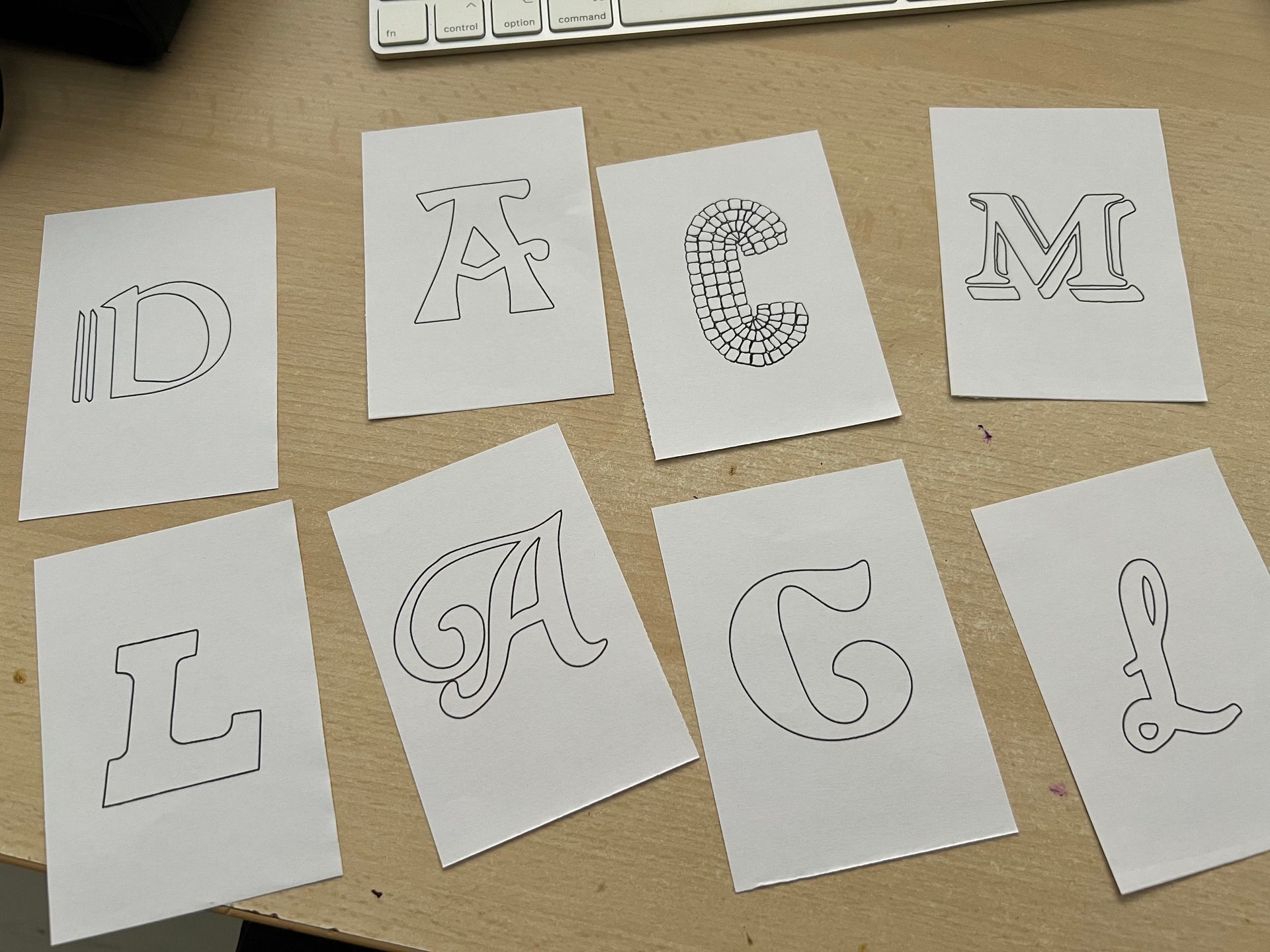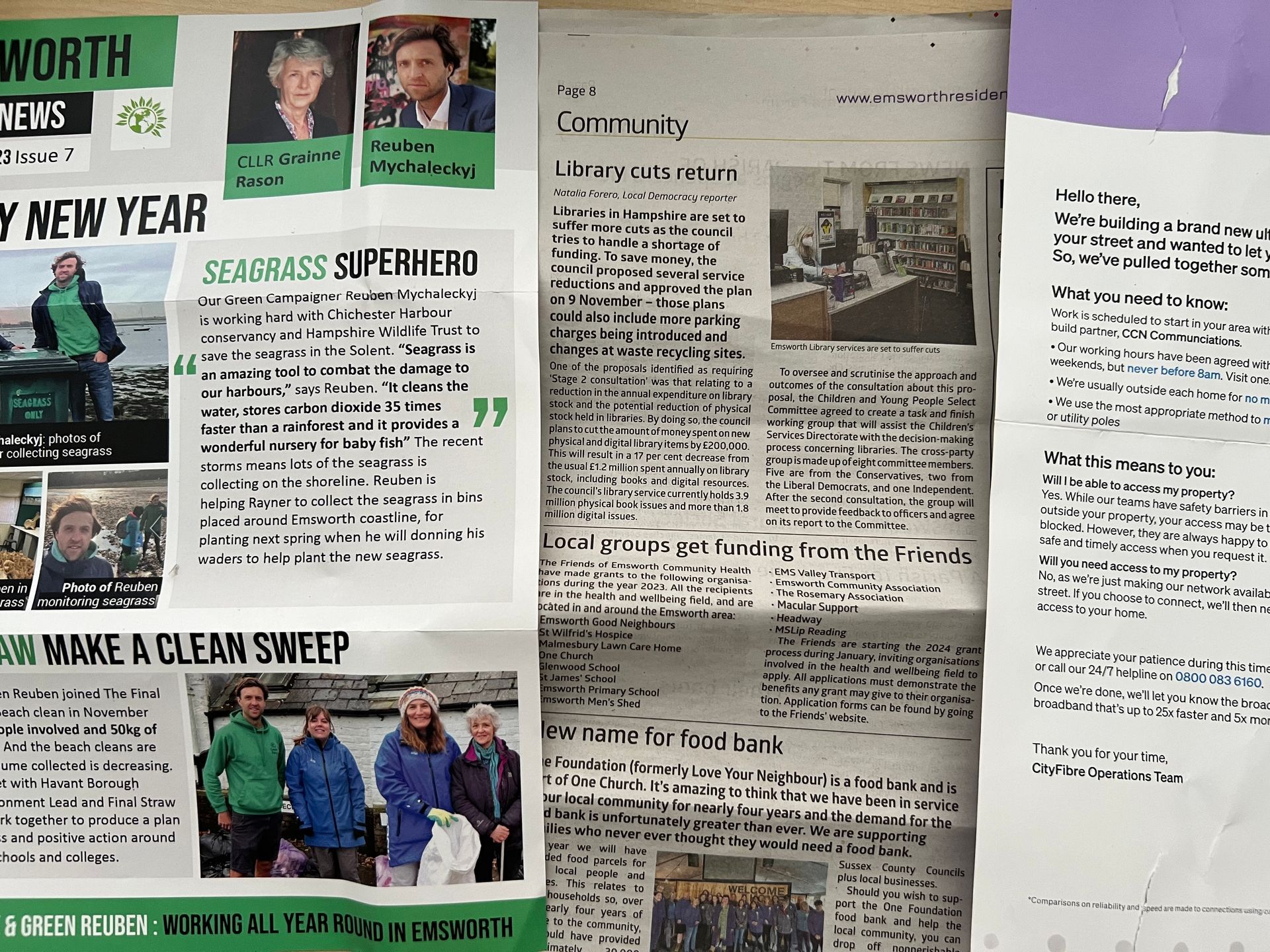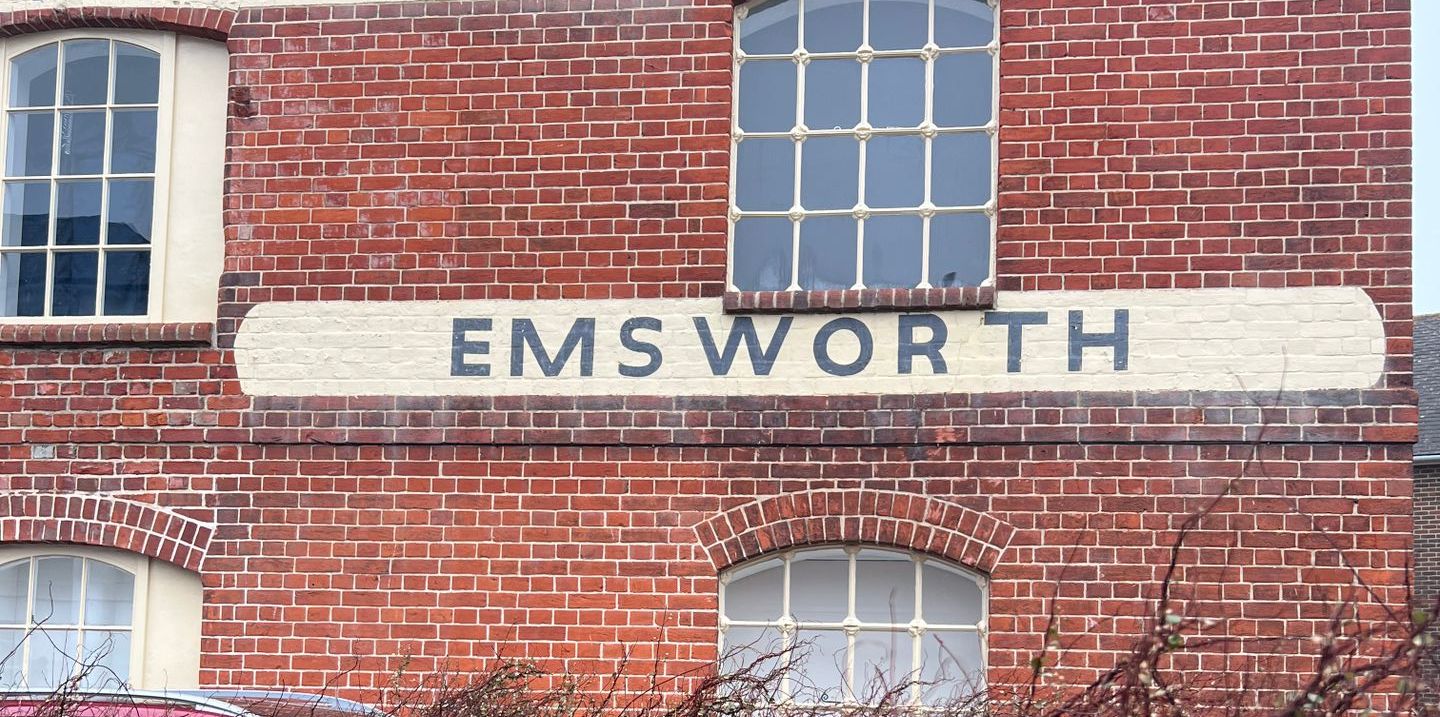Philosophies, Roles and Approach
Practitioner Case Studies
What do you think are the essential logistical and practical requirements to set up a design studio/ business?
Simon Manchipp from SomeOne suggests having 1-3 Clients for steady cash flow before setting up a studio. This is where I am currently, which brings in steady work without being too overloaded with other commitments and caring responsibilities.
Working from home can be isolating and working away from ‘the office’ is always a much-needed pleasure. Sarah Boris suggests being 'well surrounded' i.e. people to have coffee with, peers to help evolve your practice and ideas that can also be critical and inspire you. I do try and make time to meet with friends for coffee and my daily dog walks give me much needed time outdoors. When I first worked in a design agency after graduating from university, one of my colleagues used to make use of any down time between jobs by getting out for a bike ride on his then BMX. I didn’t really appreciate it at the time but certainly do now, the importance of taking some time out. I find this also gives you much needed thinking space where ideas can manifest. Something I have read Stefan Sagmeister also finds conducive to his practice.
Julian House / Adrian Talbot – Intro
You have to be a people person, be able to communicate and people to like you so they come back
You need to have a head for business – if not you set up with someone that has.
Julian – important to listen, put ideas across as if it were their idea. Always run with the client’s idea but move it on that bit further. Make the client feel that an idea was their idea all along. Say things like “Here’s where I got to, when I tried your idea, and here’s something else I tried” – rather than putting their ideas down
Adrian – the client is paying, so you must listen to what they want.
Julian – weaves his ideas into what the client is doing
Adrian – clients come to them because of their client list, buying into something. Also believes clients come to Julian for his style
Sam Winston
Started creating his own posters and designs selling them through shops but didn’t make enough.
Found working at home quite hard after a year, so shared studio space initially with another, 3 days and he had the remaining 2 days.
Felt like he was faking it til he made it, getting off on having a studio. Eventually clients came over for meetings.
Did create a bit of debt and wasn’t managing his accounts well. Working hard but not making any commercial concessions and kept pushing his own practice. Took 6 years to workout how to make money and do his own practice. 20 years down the line he pretty much does what he wants within his work.
Skill swapping and building a social network that you can help each other out on projects i.e. a photographer and then repay with some design work. Rather than emailing people asking for things he emailed and offered to help “I’m into what you are doing, is there any projects that I can assist with or anything I can be of service to you?” Then the first thing the person does is look at your work.
Quality and transparency. Charge for your time, overheads and materials taking into account studio costs, which is a large figure but people respect it. Especially with a breakdown.
Tom Finn & Kristoffer Soelling – Regular Practice
Produce new work. Their work came from work they produced at uni and collaborating which moved with them into the real world. Jobs came from people they knew or a friend that saw a poster that they did. Business will often come from within your own network and your own world.
Don’t necessarily need a website could carefully curate an Instagram feed. Work in a studio to get an idea of how they work and what you what you like or don’t like about how they work. How they file work etc. Form an opinion on how you want to run your own studio.
Any other equipment can be bought as you grow.
Tell us about your first studio space: How did you find your first studio?
Simon Manchipp - SomeOne
All worked from home but got lonely. Bus stop outside Zetta Hotel, Clerkenwell London so they could use their wifi.
Sarah Boris
First space in a screen-printing studio, as part of a 40 people collective. Introduced by doing two residencies. Wanted a space she could continue printmaking but also work with her laptop. Found she didn’t really like people commenting on her work or interjecting when it wasn’t welcome. Needed own space with peace and quiet and lots of white walls.
Julian House / Adrian Talbot – Intro
Small 2-3 rooms of what was once a house next door to Talk Back run by Mel Smith and Griff Rhys Jones. Each time they moved to a bigger space. 3-4 employees to start then grew to 20-30. Wolff Olins first to have macs and intro approached Adrian for advice on getting a mac and then offered him a job. Started with black and white screens. Still play with analogue and its good practice to be able to draw and draw type. Rather than going straight to the computer.
Sam Winston
Share with tutor in an open plan desk space. 20 units design, illustration, photography, architects. Gave him a taste of how different industries worked. Demonstrated how big each field was and the world of commercial work. He then started gravitating towards tings he liked and spent a lot of time with the illustrators, as he liked that they produced images. Designers had lots of client negotiation, long hours and deadlines. Alan Fletcher saw his work and said it was an artist book. He pointed him towards Ron King who introduced him to independent small book publishing. King said he could work in his space for free. He then made the realisation that he could be author and then sell his work. He didn’t need to have clients.
Tom Finn & Kristoffer Soelling – Regular Practice
Based in hackney wick shared with friends to share costs. Close to where they lived.
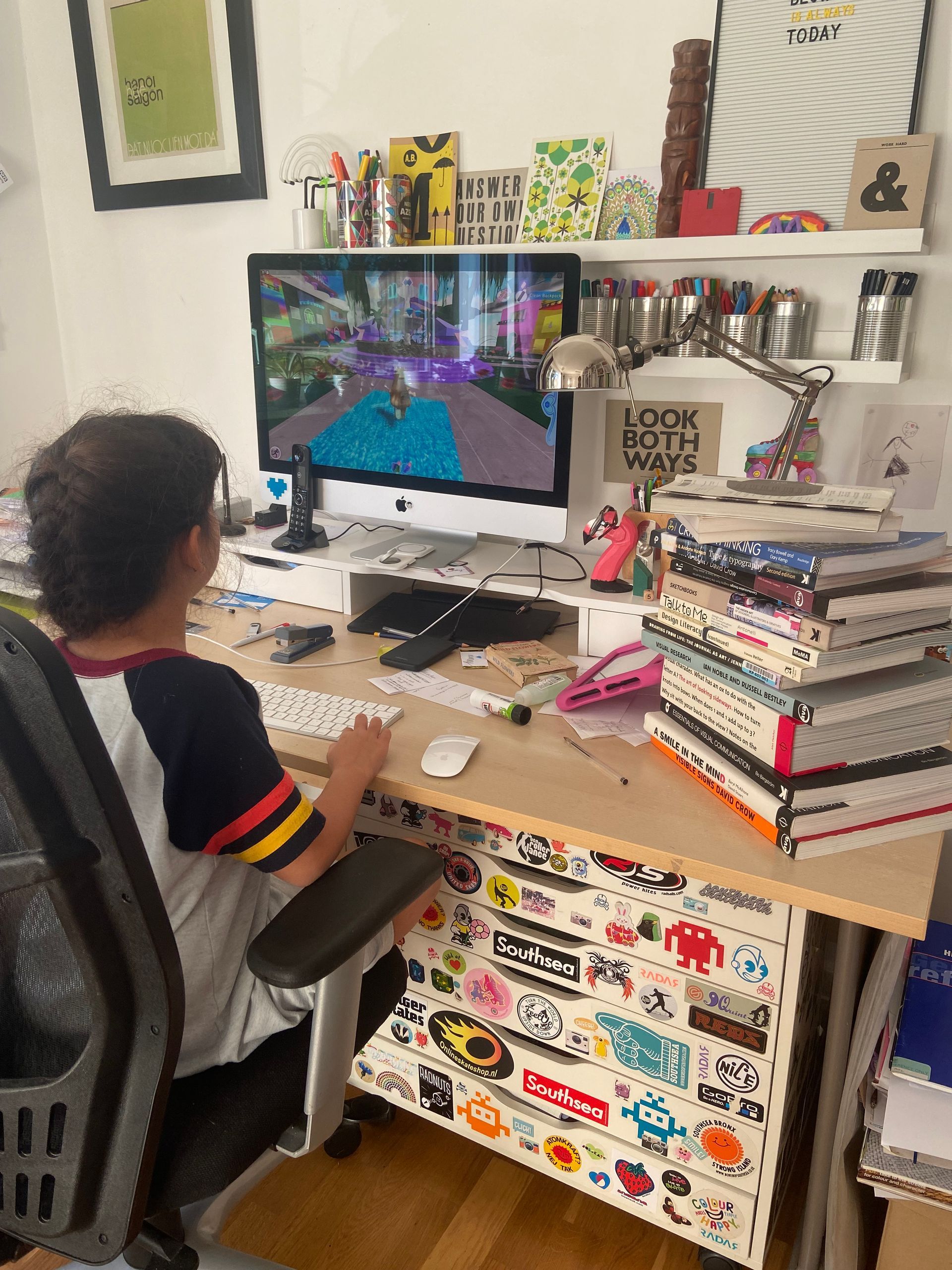
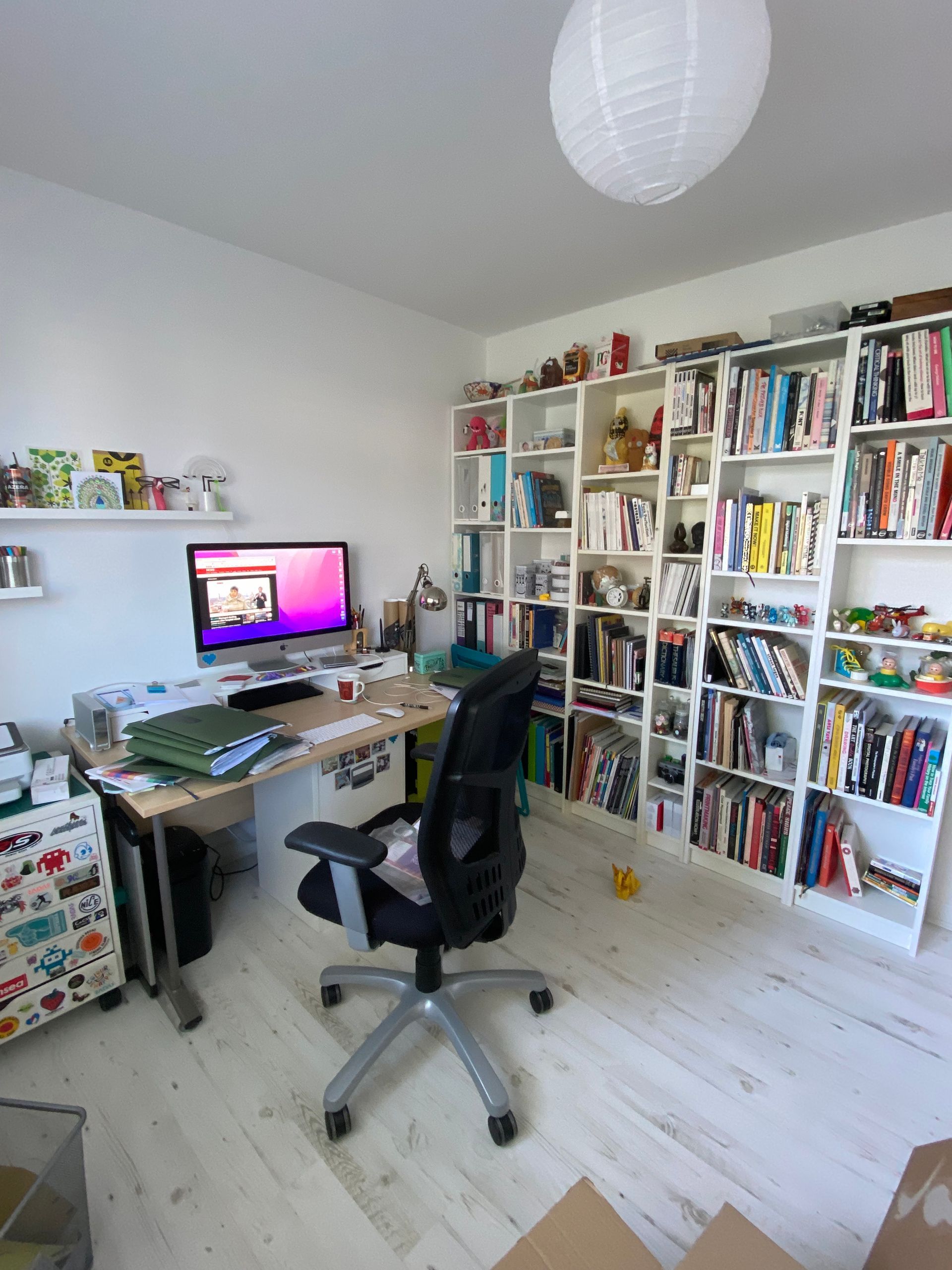
I started from my spare bedroom but have now moved downstairs to a room off the entrance hall which is much more professional for clients visiting. Pretty much the same setup just half the size and I need to design a mural for the back wall opposite my desk! I still meet some clients at their premises or out for coffee which brings a much needed break from the office.
On moving I have found all my archives showing how technology has evolved and to how I backup and store files has changed! Wallets full of CDs containing backed up work which I learnt from my days of working in a design agency. Then I moved to a external hard drive and used time-machine on my iMac. My hard drive is still sitting on my desk due to an archive of photographs which I need to extract at some point. Now everything is backed up to the cloud and I can access all my work files from all of my Apple devices. How things have moved on!
I have even found a floppy disc from my very early days doing a desktop publishing course at evening classes. Now I'm just showing my age, haha!
What is the one piece of advice you can offer about running a successful studio?
I have recently been writing a new contract in order to reduce time spent on each job and limiting how many edits can be made, as I have learnt the hard way and projects have run on and on, eating into time that could be spent elsewhere. Julian House and Adrian Talbot from Intro discuss this, advising not to let jobs run on. They reiterate what I have been looking at with the need to limit how many rounds of visuals and changes. I haven't ever reached a point where projects have gone round in circles, just run on which is bad enough. They also spoke about subsidising smaller clients, charging them less than larger clients with bigger budgets. Pricing is something I have struggled with and I do find I undercharge, although I am getting better. Initially this had been intentional to get early work to build my portfolio.
Simon Manchipp - SomeOne
90% doing other things stopping you from running your design agency. Tax and other financial things, systems and meeting with landlords etc. Now’s the chance to do things how you want to do them. For example, reducing contracts to one page. Work travels around all the other designers so they can add to a project but they cannot take away something. End up with rich projects that are more compelling and interesting. Kings Cross rebrand has so many elements it couldn’t have been done with one designer alone. Disney call this plusing, always adding to something. Design and add creativity To everything from an invoice to designing a meeting.
Sarah Boris
Don’t take no for an answer might be more successful next time after a rejection. We have an ability to repackage ourselves. Ask more questions and go with your gut. Learn to say no with some projects. Don’t compromise too much, or the project can lose impact.
Julian House / Adrian Talbot – Intro
50% designing and 50% communicating what you do or have done on a project.
Sam Winston
Trust yourself, transparency and trust. Main person you need to win over is yourself because you are the one person you are answerable to. Need to be ok that you’re not going to be a design professional because you ending up being… Don’t hold on to more concrete ideas have to be flexible or it can be painful. Be sincere about what you want to do.
Tom Finn & Kristoffer Soelling – Regular Practice
Say no to work that isn’t in the direction you want to go in. you need to be outputting work that you want to be doing. Do work you are passionate about. Keep busy. Do work that you love.
Other Studios
Fl@33
When I was studying for my BA in Communication Design many moons ago, I came across Fl@33, a multi-disciplined design duo based in London. What I liked most was how they could create engaging design on what seemingly to some could be a very dull subject e.g. their MA project, Trans-form magazine, published in 2001 surrounding the subject of cranes that adorn the London skyline. It still excites me today from documenting the cranes movements to looking at their form to create crane critters and learning hand movements used by the signalmen. The magazine even came with a CD-Rom, Trans-it, where they showcased film and animation skills to accompany the print publication and a website called trans-port.org.
Aside from their studio work they have a graphic arts shop and boutique, Stereohype. Initially selling their own work, they now use it as a 'international platform to promote emerging and established talents alike', (Jacquillat & Vollauschek, 2004). For the past 19 years they have run a yearly button badge competition giving students and designers a platform to showcase their work on these tiny canvases.
In my own work I have always tried to keep things varied, so things do not become boring or tedious but you do end up being a little bit of a jack of all trades.
How To Run A Creative Business: In-depth breakdown w/ Melinda Livsey
Chris Do discussed one of my big problems with clients, projects and MONEY! Below are the key points he discussed with freelancer, Melinda Livsey to help improve her business and streamline her work.
Key Points
• WORK LONGER: make more time in a day, even if its just an hour.
• GET SOME HELP: outsource what you can
• SAY NO to small jobs!
• FOCUS SHEETS: a to do list for the day. Do not get caught up with other things, save those for later!
• CLEAR THE DECK
• RESPONSIVENESS: answer clients promptly and keep to deadlines.
• BRING SUBJECT OF MONEY UPFRONT make sure money has no power over you
• BRING UP THE GATE: Case studies look expensive | reams of logos looks cheap and attracts more of the same.
All of these points are a huge help for me to improve my own practice. Working from home, as I have mentioned before is full of distractions especially while caring for a loved one, plus being surrounded by mundane chores that need doing (note to self get a cleaner) and even the dog! Although, my dog walks are my head space time and allow me to think and breathe. Extending my working day can be difficult but I often work late evening when everyone else has gone to be and find this quite productive, as long as I do get some sleep or things get less fruitful the next day.
I recently had to update my portfolio for a job and for quickness I used all the logos I'd created recently as the "showcase", I despised the look and as Chris said in the dicussion, it looks cheap! I do have case studies, as a click on from each logo but by then potential clients could be lost. I will definetly be modifying this area with something more engaging and more sophisticated.
Guilty of taking on the small jobs and not charging enough, this is something I have been working on. My responsiveness to clients can be lapse when I am up against a deadline, ignore it and it doe not go away you just get more stressed. Respond straight away!
I have a to do list that I usually write in an evening ready for the next or it gets written first thing. I love Chris' name for them 'focus sheets' over 'to do' which sounds like a list of chores! I do need to be more disciplined with this and make it a ritual, as I quickly slip out of the habit and things get sloppy and all over the place.
Stefan Sagmeister
bluhhh
Creative Spaces
Locally more shared spaces have popped up and I have often toyed with the idea of doing this at least once a week as a way of getting out of the office and be around other creatives. However, I also see this as an unnecessary expense while also having extra distractions that could reduce my production time. I have mentioned before this is something I found extremely difficult when working for a design agency.
Hotwalls Studios, Market and Exhibition Space
I attended a Riso workshop at Four and Eights located in Portsmouth. Their unit is part of a council initiative offering studio spaces on lease for a maximum of 5 years with a subsidised rent to give creatives a jump start. The units are located in the historic hotwalls which have been renovated to create a thriving creative community of artists and makers. Due to the seaside location there are lots of foot traffic from tourists as well as locals. There is a monthly market and the round tower also offers exhibition space for hire. However, this is still quite an outlay monthly and several spaces are often shared to reduce the cost. I do love this concept of having all three possibilities in one place. The spaces vary in size and the workshop I attended only sits 4 people comfortably, so not great for an additional income. https://hotwallsstudios.co.uk/hire
Portsmouth Printmakers
I find it difficult to fit in time for my own personal projects and something I have tried in the past was being a member of Omega Printers, now Portsmouth Printmakers. This gave me a specific time to do exactly what I wanted and be creatively free. In this environment I enjoy sharing with other creatives and it also brings possibility of new collaborations. The above photos are from when I screen-printed some Christmas cards a couple of years ago, alongside printing a canvas playing board for a client project. https://portsmouthprintmakers.co.uk/about
Coworking Emsworth
Coworking Emsworth was created in 2022 as a response to people going back to workspaces after the pandemic. We found that people had embraced the flexibility of home working, but wanted a professional space to work from - and so the hybrid workspace was born.
Their sister company 'Monster', is a local creative agency that specialises in branding, design, digital marketing and custom websites since 2007, also works out of the same building.
At the end of last year I did a trial there and it made such a difference to my productivity being away from my home studio without any interruptions. It was also so nice to work with other people, as it is lonely working as a freelancer.
Take-aways:
- You can run a virtual studio from anywhere, you just need a laptop.
- Work hard on both client and personal projects and both will generate more work. Repeat business is easy business, as Simon Manchipp says.
- Get out of the office for head space and well-being.
- Make time for personal projects to avoid burnout from client work.
- Get an accountant - not something I have done yet for my freelance work, as they are expensive. Although, I have experience in having one for a past business. My current income and expenses are manageable, so I do my own bookkeeping and self-assessment. Something for the future once my business grows.
References
Sagmeister, Stefan (2013) ‘Medalist Stefan Sagmeister’, AIGA [online]. [Accessed 27 May 2024]
The Futur (2017) How To Run A Creative Business: In-depth breakdown w/ Melinda Livsey, [online video]. [Accessed 19 June 2024]
Jacquillat, A. & Vollauschek, T. (2001), Trans-form > Magazine. Royal College of Art.
Jacquillat, A. & Vollauschek, T. (2004),
Stereohype shop. Available at: https://www.stereohype.com/ [Accessed 20 June 2024].



